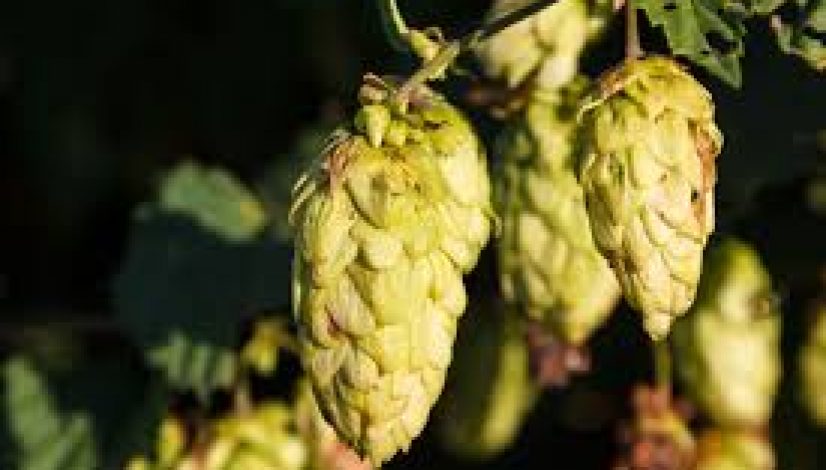Las Vegas Cannabis Business Focuses on Cannabis Education
Las Vegas is quickly becoming the legal cannabis epicenter of the United States. Los Angeles may eventually take over that title, but right now Sin City is a lure for cannabis, gambling and nightlife enthusiasts. Las Vegas has regularly been generating more than $35 million a month in tax revenue from cannabis sales which dwarfs any other city in the U.S. by a significant margin. Visitors can easily find a dispensary on nearly every corner of the Strip, including one called Exhale Nevada.
Exhale Nevada may be starting a new trend in the way that cannabis dispensaries around the country operate, bringing education for consumers to another level. Budtenders around the country are being trained to educate customers on the difference between sativas, indicas and hybrids, what strains help people relax, sleep, fight off anxiety or to become mentally stimulated. But, the more we learn about cannabis the more we find out just how complex of a plant that it is to understand. With at least 110 cannabinoids and intricate terpenoid profiles, the combined effects, often referred to as the entourage effect, is slowly being broken down into its granular details.
One particular budtender at Exhale Nevada, Tony Candelaria, has gone above and beyond in learning about the cannabis plant and all of its biological compounds. But, beyond that he is also focused on effectively communicating to customers the different effects of cannabis to help them choose the best cannabis products for their specific needs or desires. Tony told a reporter, “I learned in California that when budtenders could educate people on weed, their sales improved. But it’s a weird market because there’s no mandatory lab testing there, so you don’t know what you’re going to get.”
The budtender brings up a very important point about lab testing. California is supposed to begin mandatory lab testing sometime this year. Without lab testing, like what can be found throughout Nevada including in Las Vegas where lab testing has been mandatory since day one, there is no way for a consumer to definitively know what they are buying. Only through lab testing can the cannabis plant be broken down in a way that the cannabinoid and terpenoid makeup can clearly be outlined to know what strain is being purchased. Todd Denkin of DigiPath Labs, the gold standard for lab testing in Nevada and Las Vegas, added this comment, “The most active ingredients “by far” in marijuana are cannabinoids like Tetrahydrocannabinol (THC) and Cannabidiol (CBD) which provide users with a range of effects, from head highs to pain relief and sleep aid.”
Here are the chemical compounds commonly found in cannabis and that scientists have come to best understand.
• THC (Tetrahydrocannabinol): THC primarily affects the central nervous and immune systems and is the primary psychoactive component found in cannabis. It can help with painkilling, inflammation, appetite stimulation and depression.
• CBD (Cannabidiol): The second-most common cannabinoid found in cannabis can serve as an anti-psychotic decreasing the psychoactive effects of THC when taken after THC consumption. It is also an anti-inflammatory and anti-anxiety compound.
• CBN (Cannabinol): With only a small psychoactive effect compared to THC, CBN can help people sleep, fight anxiety and can reduce seizures.. CBN is a products of the breakdown of THC. When This is exposed to light and oxygen, the CBN content of a marijuana increases.
• THCv (Tetrahydrocannabivarin): Is a lot like THC from a molecular view, but it is different too. As opposed to THC, THCv is an appetite suppressant. The psychoactive effects of THCv are more intense and energetic than THC as well.
• CBC (Cannabichromene): CBC works with THC to intensify THC’s abilities as a pain killer, anti-inflammatory, and its abilities as an appetite stimulant and an anti-depressant. On it own, CBC has shown some ability to help combat acid re-flux.
• CBG (Cannabigerol): CBG is a strong muscle relaxer and fights anxiety. It may also be able to slow tumor growth.
 Hops
Hops
Terpenes
• Pinene: Alpha-pinene is the most commonly found terpene in all of nature. It can be found in cannabis strains like Chemdawg and Trainwreck. The terpene relaxes and widens the bronchial muscle and can treat asthma.
• Beta-Pinene: It can intensify the euphoric effects of cannabis and helps fight depression.
• Limonene: This citrus tasting and smelling terpene is common in sativa strains such as Chernobyl. It can boost the mood of users and is also an anti-fungal, anti-bacterial and anti-carcinogen and may be helpful with acid reflux and other digestive issues.
• Myrcene: Is a terpene thought to work with THC enhancing the euphoric effects, but can also be a sedative.
• Terpineol: Another terpene that helps people with sleep disorders.
• Linalool: Commonly found in Grand Daddy Purple and Purple Kush, Linalool is commonly found in many plant species. It can help with calming consumers and to reduce anxiety and pain. It may also be able to help people with severe acne.
• Camphene: Possibly able to help with heart disease.
• Humulene: The terpene that gives beer it hoppy flavor, it is found in GG strains. It can help with inflammation as well.
Tags
Anti-Inflammatorycannabinoidscannabis lab testingdepressionDigipath Labsentourage effectExhale NevadahybridsindicaLas Vegas dispensariespain killersativaterpenes


